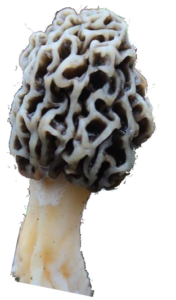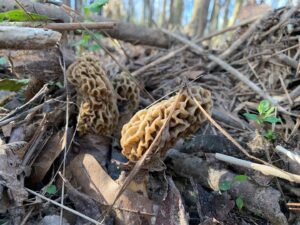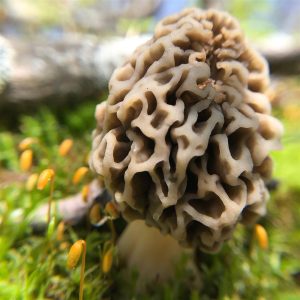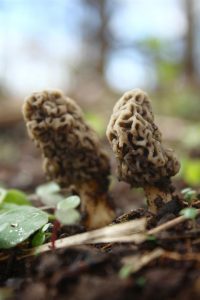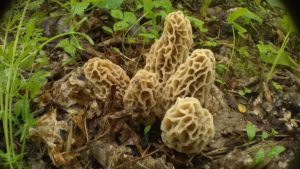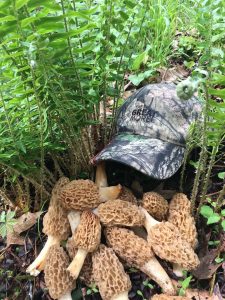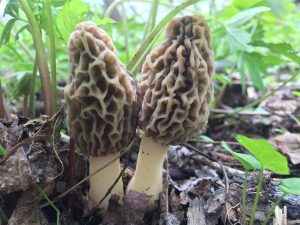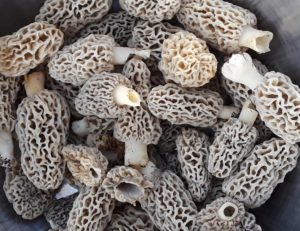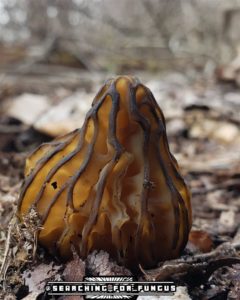Most of us know our morel mushrooms and for many – we know them well. How well? There are those with self-learned morel knowledge based on years and years of experience. There are those who understand the importance of the weather, and the seasonal cycle, the trees, the hunting techniques, and more. How about we all pause for a moment and let’s just say you were transplanted to a different region of the US and you were told “go find morels”. Could you find morels in the various regions of the US?
J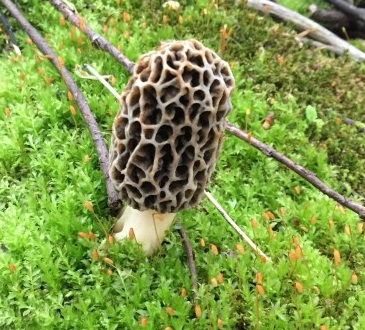 ust a simple question, but could you?
ust a simple question, but could you?
What if you always hunted in the PNW in Bend Oregon and had to hunt in Georgia just north of Atlanta or the Appalachian hills of West Virginia. Could you find morels? What if you grew up hunting all your life in the Upper Midwest states of Wisconsin and Michigan, and now you had to hunt in Southern Ohio along the Ohio River valley or the hills of North Carolina – could you find them?
What if you gained your hunting skills the Ozark Mountains of Missouri and Arkansas or the Ozark Plateau of Oklahoma – could you find them elsewhere?
You might start asking lots of questions. Are there distinct differences based on geographical regions? Is the foliage, the habitat, and woods the same? Are the trees going to be the different? You might have to ask yourself – “could I really find them?”
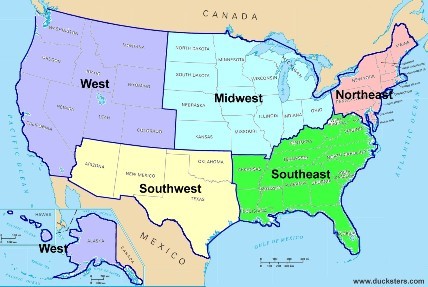
What if your stomping grounds were the river basins of Missouri and Nebraska, and you had to find morels in Upstate New York in the Black River Forest -could you? Could you find them in the upper northeast corner of Vermont or New Hampshire near the base of Mount Washington? What if you gained your hunting skills the Ozark Mountains of Missouri and Arkansas or the Ozark Plateau of Oklahoma – could you find them elsewhere? And what if you were transplanted and had to find them in the southern lake region of Minnesota or Eastern Iowa?
Could you find them?
Without question there are very distinct differences in the lay of the land and in the population of the morels. There are morel enthusiasts who take the word “hunt” more literally than others. Those familiar with morels know there are some regions in the US where it can be as simple as asking your buddy…”Hey let’s go pick some morels”, while in a faraway place it would sound more like this… “Hey let’s wonder in the woods for hours and hours, and see if we can find a few morels.”
Some shroomers will measure the success of a “good day” by weight – as in pounds – yet others measure success by counting, and a dozen morels is a “good day”. For those who are the “pickers” this may sound a bit unbelievable, but for those who count their morels – trust when they tell you… “I had a good day” and they lay a dozen out on the table and prepare for a feast.
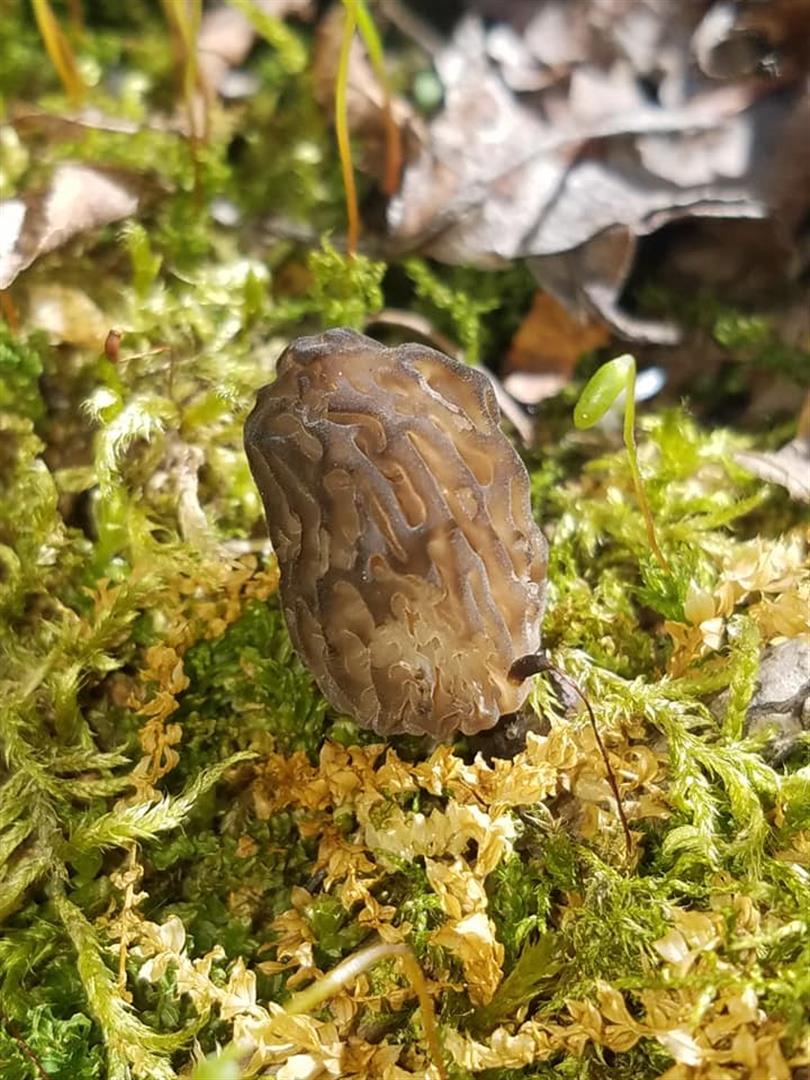
What this article hopes to uncover and highlight are the differences and challenges morel hunters in the various regions face, and to help everyone understand…
Well this article isn’t going to get into the scientific reason as to why. As always, The Great Morel will leave that to the mycologists and biologists to explain why certain geographical regions have a higher probability of finding the “mother-lode” than others. What this article hopes to uncover and highlight are the differences and challenges morel hunters in the various regions face, and to help everyone understand the uniqueness to hunting the prized morel in each of these regions.
In order to do this, The Great Morel had to reach out to those who know their regions the best. The Great Morel takes pride in those who visit here and once again some of the best morels hunters out there have stepped up and offered their insight. These are well renowned morel hunters in their neck of the woods and masters at what they do. These kind people have offered their knowledge on what it is like to search for the great morel in their neck of the woods. The Great Morel sent out a questionnaire asking about the woods, techniques, tress and vegetation, weather, competition and a few other questions – the feedback from those who contributed was GREAT and a very sincere thanks goes out to those who took their time to contribute! You can find the entire spreadsheet survey cataloged by each region in a PDF form at the bottom of this page.
It is the rebirth of spring where life comes back to the woods and gives us hope and the great morel.
This article will break down each region in detail using the map above as our defined regions. Before we do that, let’s look at what The Great Morel often refers to the migration pattern of the morel. It is the rebirth of spring where life comes back to the woods and gives us hope and the great morel.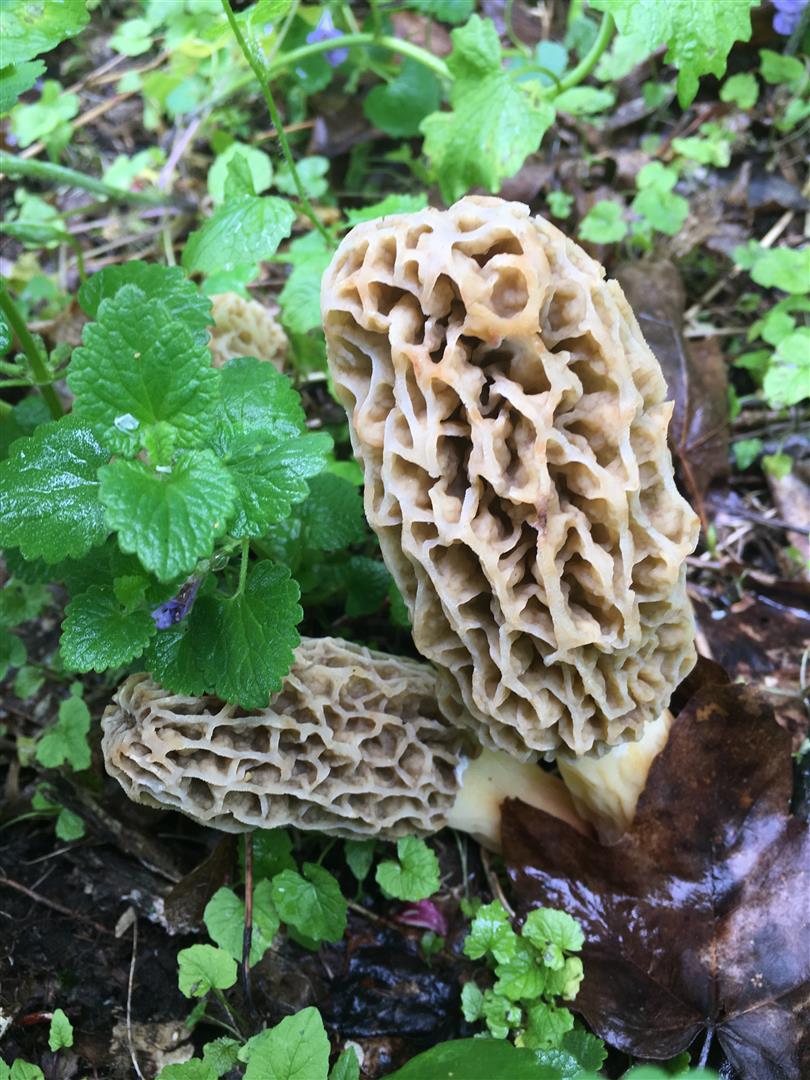
Let’s start with the early morel hunters – those in the Southeast states of Georgia, Alabama, South Carolina and southern Arkansas. These are the shroomers who are the early reporters, and they pretty much wake up everyone else in the country from their winter hibernation to let us know –”hey people, the morels have arrived down here!”
The next regions the morels visit is still considered part of the southern region but we’ll call this the northern part of this region. Included are the states of the Appalachian region of Kentucky and Tennessee, Oklahoma, Arkansas, North Carolina, Maryland and Virginia. About this same time in the season there’ll be a few reports of morel sightings from the Western region as well.
Soon to follow is the southern region of the Midwest. With the southern parts of the states of Indiana, Ohio, West Virginia, Missouri, Kansas and Illinois. Within a week of the first sightings in these areas, the morels are pushing north and the majority of these states are finding morels. While this progression continues north, the upper Midwest and the Northeast start in the fun and morels are plentiful over a good part of the Midwest. As the morels arrive and make their migration north, those to the south are watching their season fade away.
Thus is the progression of the morel – its life is short and each morel season fades more quickly than most would like. Now let’s get down to it and break it all down by region. The article was way too long to make it one post, so it is broken out into each region – Southeast Region, Southwest Region, Central Plains Region, Midwest Region, Northeast Region, West Region.
The Great Morel would again like to thank those who took the time to contribute! The Great Morel is the best resource on morels because of the contributions of many!

